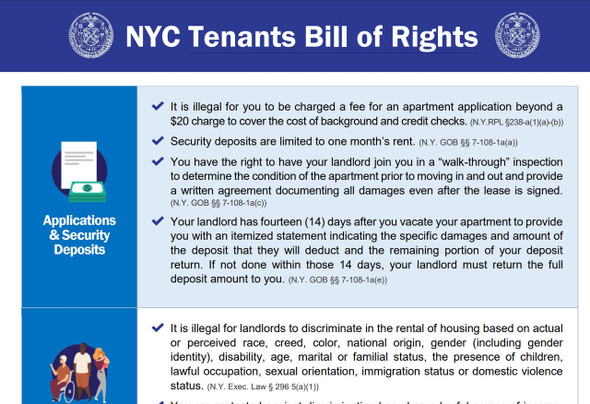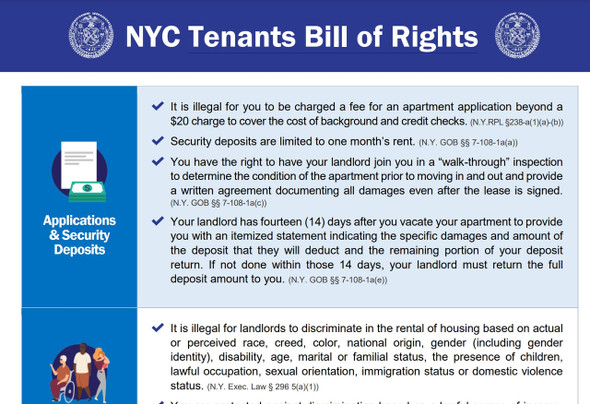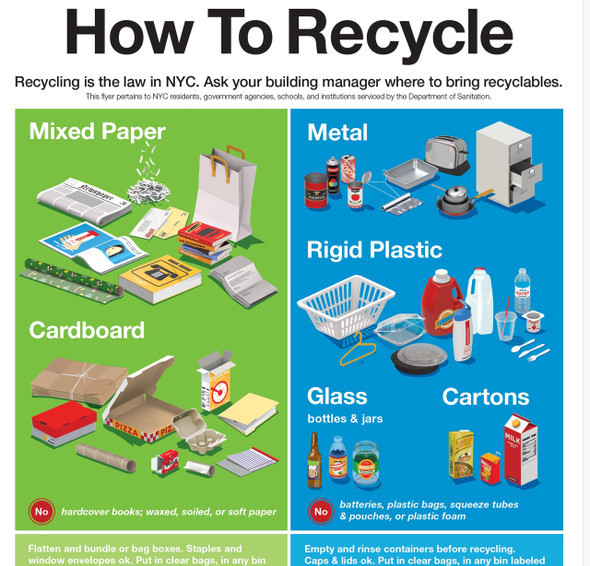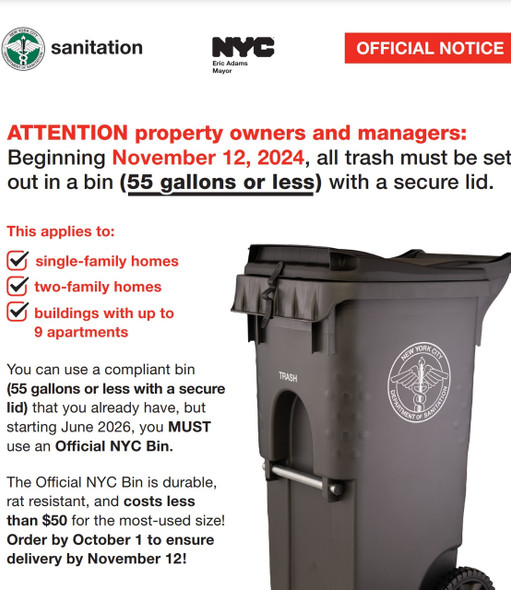Description
The Importance of Knowing Your NYC Hurricane Evacuation Zone and Understanding Hurricane Hazards
Living in New York City means being part of one of the most densely populated and iconic urban environments in the world. While the city is known for its vibrant culture, towering skyscrapers, and busy streets, it is not immune to natural disasters. Hurricanes, though rare, pose a serious threat to NYC, and understanding the associated risks and being prepared is crucial for every resident. One key aspect of hurricane preparedness is knowing your NYC hurricane evacuation zone and being aware of the hazards linked to these storms.
This article highlights the importance of understanding your evacuation zone and how being informed about the dangers of hurricanes can save lives and protect property.
1. NYC’s Hurricane Evacuation Zones: What You Need to Know
New York City has designated six hurricane evacuation zones, numbered Zone 1 through Zone 6, with Zone 1 being the most vulnerable to flooding and storm surges. These zones were created to help city officials efficiently evacuate areas based on the predicted severity of the storm. Evacuation zones are determined by several factors, including a neighborhood's elevation, proximity to water, and the history of flooding in the area.
Knowing your evacuation zone is essential for several reasons:
- Evacuation Notices: During a hurricane, city officials will issue evacuation orders based on the zones most at risk. If you don't know your zone, you may miss critical evacuation alerts or not know if you need to leave your home.
- Preparation: Understanding your zone allows you to make a plan in advance. You can identify where you would go if an evacuation is ordered and how you would get there.
- Protecting Loved Ones: If you live in a high-risk zone, knowing the potential dangers allows you to take extra precautions for family members, pets, and neighbors who may need help evacuating.
The NYC Office of Emergency Management (OEM) provides easy access to a tool called the NYC Hurricane Evacuation Zone Finder where residents can quickly identify their zone by entering their address. Additionally, evacuation centers are available across the city and are usually announced in the lead-up to a storm.
2. The Hazards of Hurricanes: Beyond the Wind
Many people associate hurricanes with high-speed winds, but these storms pose several other hazards that can cause significant damage and endanger lives. By understanding these risks, you can better prepare for the full scope of the dangers a hurricane brings.
a. Storm Surge
- What It Is: Storm surge is the abnormal rise of water generated by a storm, and it is one of the deadliest aspects of hurricanes. When strong winds from a hurricane push water toward the shore, it can cause extreme flooding, especially in low-lying areas.
- Why It’s Dangerous in NYC: Given its proximity to the Atlantic Ocean and several waterways, New York City is vulnerable to storm surges. During Hurricane Sandy in 2012, storm surges caused widespread flooding, particularly in lower Manhattan, Staten Island, and parts of Brooklyn and Queens. Knowing your evacuation zone is critical since storm surge risks vary across different parts of the city.
b. Flooding
- What It Is: Flooding can occur from heavy rainfall during a hurricane, overwhelming drainage systems and causing streets, subways, and basements to flood.
- Why It’s Dangerous in NYC: Even if you don’t live near the coast, intense rainfall from hurricanes can still cause severe inland flooding. During Sandy, many areas experienced flooding from rainfall, which exacerbated damage from the storm surge. Flash flooding can also happen quickly, leaving little time to evacuate.
c. High Winds
- What It Is: Hurricanes are characterized by sustained winds of 74 mph or higher. These winds can knock down trees, power lines, and debris, causing significant structural damage to buildings.
- Why It’s Dangerous in NYC: The city’s dense population and high-rise buildings make it particularly susceptible to damage from wind. Broken glass, falling signs, and loose debris pose serious threats to pedestrians and property alike. High winds can also knock out power, leaving large areas without electricity, sometimes for days.
d. Power Outages
- What It Is: Power outages are common during hurricanes due to downed power lines and damage to electrical infrastructure.
- Why It’s Dangerous in NYC: Without power, residents may face heat during the summer or cold temperatures if a storm strikes in cooler months. In the aftermath of Hurricane Sandy, parts of the city were without power for days, impacting everything from transportation to communication.
e. Transportation Disruptions
- What It Is: Hurricanes can damage bridges, roads, and tunnels, creating transportation challenges during and after the storm.
- Why It’s Dangerous in NYC: With NYC’s reliance on public transportation, disruptions can create chaos. Subway flooding, road closures, and suspension of ferry and bus services make it harder for residents to evacuate or get help.
3. Why Planning in Advance Is Essential
Knowing your evacuation zone and understanding hurricane hazards are just the first steps. The next step is to develop a comprehensive emergency plan that includes the following key components:
- Evacuation Route: Familiarize yourself with evacuation routes and shelters in your area. Make sure you have multiple routes in mind in case some roads are flooded or closed.
- Emergency Kit: Prepare an emergency kit that includes essentials like water, non-perishable food, medication, first aid supplies, flashlights, and important documents. It’s also crucial to have chargers and backup power for communication devices.
- Family Plan: Make sure every member of your household knows what to do in the event of a hurricane. Assign roles for tasks such as gathering supplies, securing the home, and caring for pets.
- Communication: Establish a communication plan with your family and friends, especially those who live outside the city, to let them know where you are and if you are safe.
4. The Lessons of Hurricane Sandy
Hurricane Sandy in 2012 served as a stark reminder of the power of hurricanes and the importance of preparation. In many ways, Sandy changed how New Yorkers view storm preparedness. While Sandy caused immense damage, its greatest lesson was the importance of evacuation and readiness. Many residents who ignored evacuation orders found themselves trapped by rising waters, and emergency responders struggled to reach those in need.
Conclusion: Knowledge and Preparation Save Lives
Hurricanes may not be frequent in New York City, but when they do occur, the consequences can be devastating. Knowing your NYC hurricane evacuation zone and understanding the potential hazards—storm surge, flooding, high winds, power outages, and transportation disruptions—are crucial for staying safe.
By planning in advance, preparing your home, and staying informed, you can protect yourself and your loved ones from the dangers of hurricanes. Awareness is the first line of defense, and taking proactive steps today ensures you’ll be ready when the next storm comes. Don’t wait for an emergency to act—start preparing now, and make sure you know your evacuation zone
Legal DISCLAIMER DISCLAIMER ON LEGAL CODES DISCLAIMER ON SIGN USE GENERAL INFORMATION DISCLAIMER
We are a small, family-owned and family-operated Brooklyn-based business. We are not a City of New York store, nor are our website, products, or services affiliated with the City of New York or any agency of the City of New York. Neither we, nor our business, websites, products, services, or any hyperlinks from our website are sponsored by, approved by, affiliated with, endorsed by, or connected to the City of New York or any agency of the City of New York, including but not limited to HPD, DOB, DOT, DSNY, FDNY, or any federal entity, directly or by implication.
The codes, regulations, and requirements referenced on our website may not represent the most recent or updated versions. State, federal, or local regulatory agencies may have more current or accurate information. We make no warranties or guarantees about the accuracy, completeness, or adequacy of the information provided on this site or linked from it. Customers should verify all information by reviewing the official sources directly.
The requirements for sign content depend on intended use and applicable laws. The buyer is solely responsible for determining the appropriate content for a sign or package of signs. We make no warranty or representation regarding the suitability of any sign for a specific application. It is the customer’s responsibility to ensure that the signs ordered are in compliance with all applicable state, federal, local, and municipal laws. Customers are encouraged to carefully review our Terms and Conditions prior to purchase.
All content on this site is provided for informational purposes only and does not constitute legal advice, professional advice, or a definitive statement of law. For guidance on specific requirements, customers should consult the laws and regulations referenced, as well as any rules applicable in their jurisdiction. You may wish to consult with an attorney or qualified professional to ensure compliance with all applicable legal obligations.
Related Products
Related Products


NYC TENANTS BILL OF RIGHTS (pdf file)


NYC housing Maintenance Code (pdf file)




















